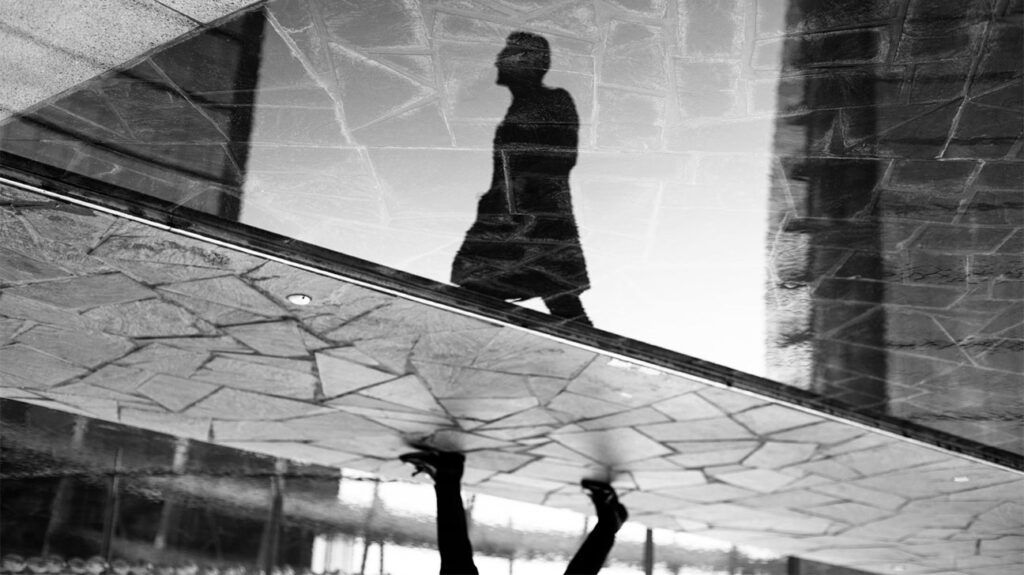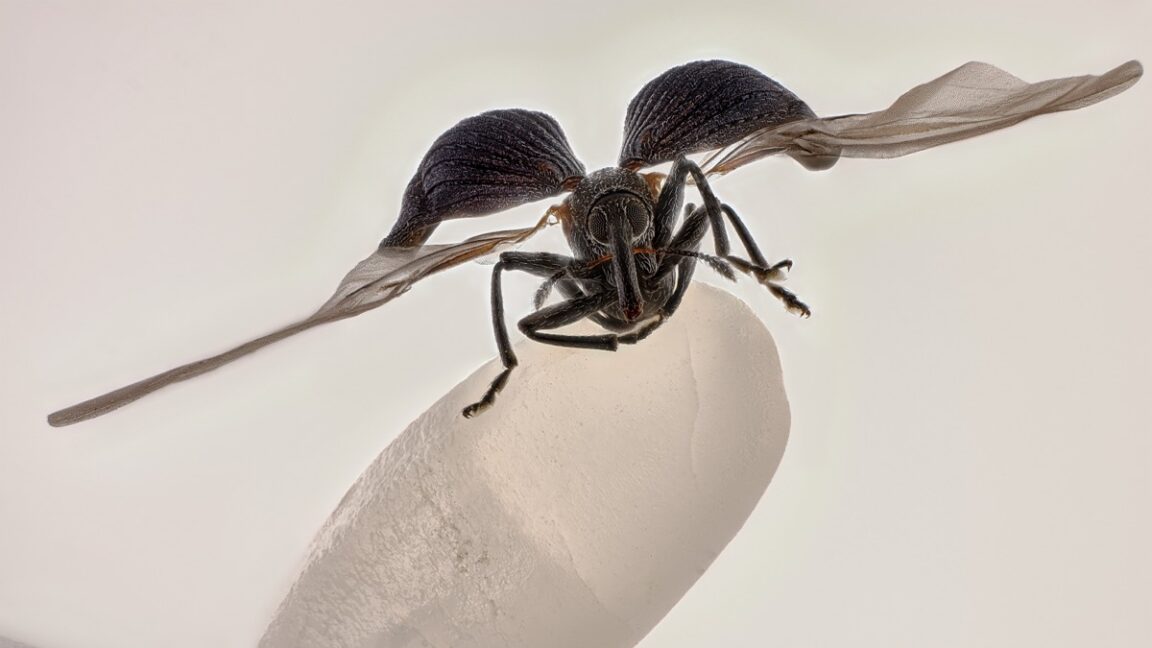
- Osteoarthritis is a chronic, degenerative condition of the joints that most commonly occurs in people over the age of 40.
- The condition can affect any joint in the body, but is most common in the knees, hands and hips.
- Although there is no cure, the condition can be managed by staying physically active, maintaining a healthy weight, and taking medications to relieve pain.
- Now, a study has found that modifying your walking style may relieve the pain and slow the progression of knee osteoarthritis as effectively as commonly used medications.
Osteoarthritis is the most common form of
According to the Centers for Disease Control and Prevention (CDC), around
Although it can affect any joint in the body, osteoarthritis is most common in the knees, causing pain and problems with walking. Treatments can alleviate symptoms, but cannot cure the condition.
The
- keeping physically active as you get older
- maintaining a healthy weight
- protecting your joints from injury
- over-the-counter or prescription medications
- using crutches or a walking stick if needed.
A new study by researchers from the University of Utah, New York University, and Stanford University, suggests that learning to walk differently could both slow the progression and relieve the pain of knee osteoarthritis.
The research, published in
David Kruse, MD, primary care sports medicine physician, of Cedars-Sinai Orthopaedics in Los Angeles, CA, not involved in the research, commented to Medical News Today that:
“The results of this study by Uhlrich et al., examining the effect of gait retraining on knee osteoarthritis outcomes, are encouraging. They successfully showed positive outcomes through a personalized intervention, that optimized joint unloading. Additionally, identifying an intervention that not only improves management but also helps to slow the progression of osteoarthritis is very promising.”
Valentina Mazzoli, PhD, assistant professor in the Department of Radiology at NYU Grossman School of Medicine, and co-lead author of the study, explained that the research “showed that shifting the angle of the feet while walking can reduce knee pain in osteoarthritis.“
“The improvement in pain is significant, and of the same magnitude of what is typically achieved with pain medications, but without any of the pharmacological side effects. This makes gait retraining a very promising and effective option for early stage knee osteoarthritis.”
The 68 people included in the study could walk unaided for 25 minutes on a treadmill, had a
All participants underwent MRI scans and had their gait analyzed in the laboratory before being randomly assigned in a 1:1 ratio to the intervention group or the control group.
Researchers told them they were involved in a “a two-group study investigating which type of personalised foot progression angle walking training was most effective,” to ensure they did not know which group they were in.
Over the first 6 weeks of the study, participants visited the gait laboratory once a week. The intervention group were trained to change their foot progression angle (toe-in or toe-out) by 5 to 10 degrees to reduce the load on the knee. The sham group underwent the same training, but their natural angle of foot progression was unchanged.
After the 6 training sessions, they were encouraged to practice their walking technique for at least 20 minutes per day until it became natural. During the 1-year follow up, they attended the laboratory 3 times, so researchers could check that they were maintaining the prescribed angle while walking.
At the end of the study, the intervention group reported a larger reduction in pain than the control group, with the intervention group’s NRS pain score reducing, on average, by 2.5, and the control group’s by 1.3 from the beginning of the study.
More strikingly, MRI scans showed that the intervention group had less degeneration of their knee cartilage than the control group.
“An exciting finding of this study is the potential slowing of cartilage degradation with gait retraining. While this holds substantial potential, further study is necessary to understand whether or not the amount of demonstrated slowing will translate to improved clinical outcomes over time.”
– David Kruse, MD
The researchers suggest that gait retraining could become an effective intervention for managing knee osteoarthritis.
However, Kruse advized that gait retraining is not always straightforward: “An individual’s gait, or walking pattern, is influenced by a unique chain of complex musculoskeletal structures. Understanding and examining normal gait patterns can be challenging. Consequently, making biomechanical changes to a person’s gait pattern can be very difficult.“
“Understanding what changes are beneficial can be the first hurdle, followed by the challenge of establishing the alteration of gait as the individual’s new normal,” he advised. “Additionally, to address the complexities of the process, the analysis and re-training require specialized insight and expensive equipment. Therefore, modifying gait patterns is not a simple process.”
But, Mazzoli told MNT, new technologies could help solve these problems:
“Recently developed AI-based technology allows [us] to estimate knee loading and determine the best personalized foot angle for each patient. This could really allow gait retraining to become a readily accessible treatment. We really want to make use of this new technology, so that this gait modification can become widely available in the clinic for patients with knee [osteoarthritis].”
Source link


